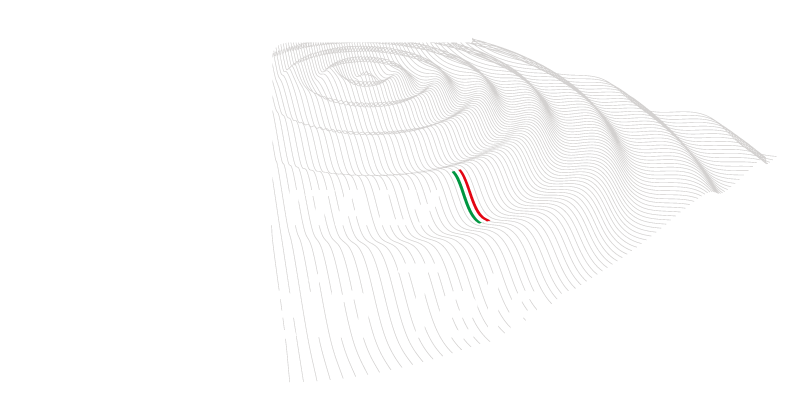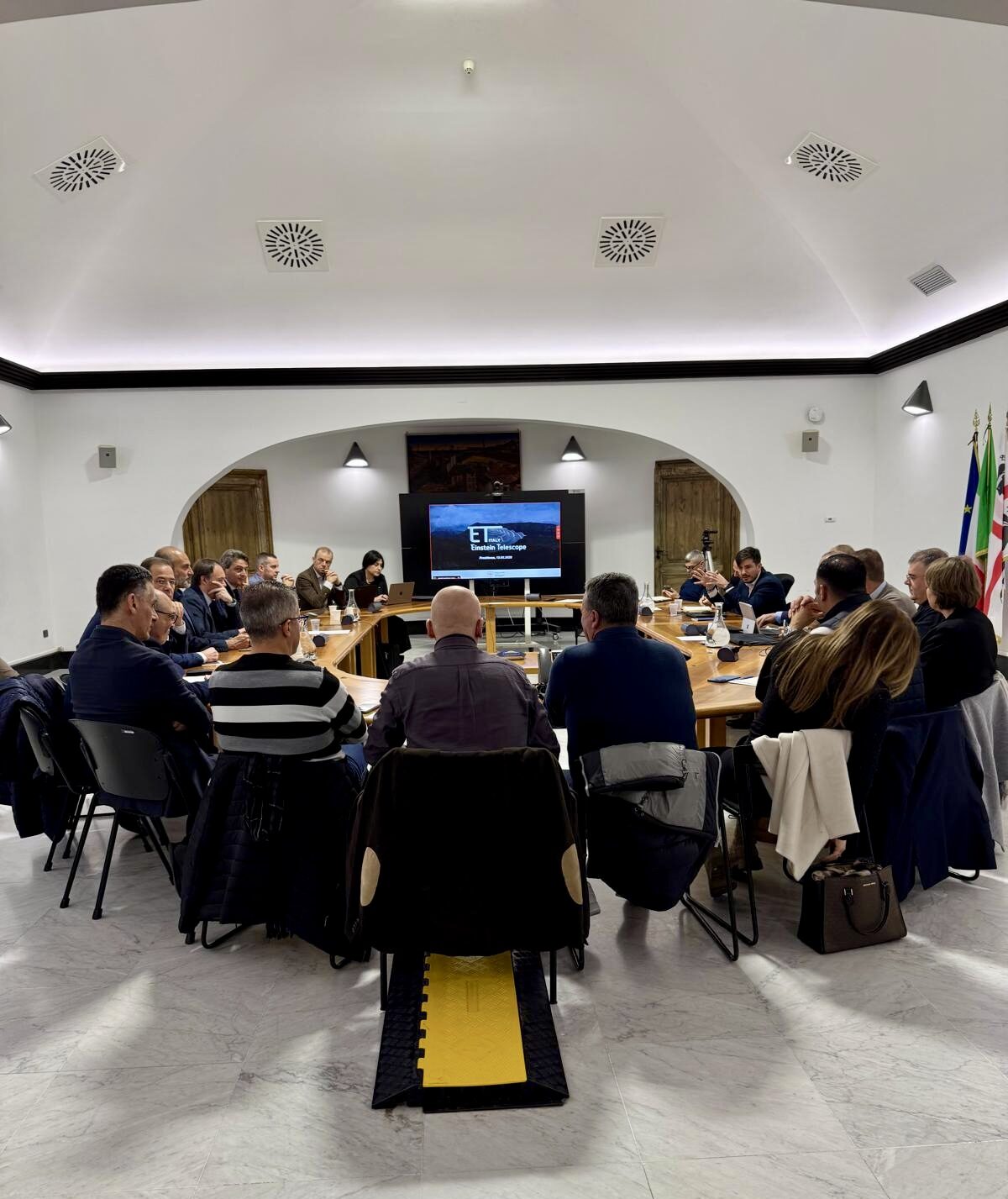Source: Sardinia Region, 17/03/25
A series of meetings held in the Region to present the technical-economic feasibility study of the Einstein Telescope (ET) concluded in recent days. The three meetings were coordinated by the Region’s consultant for the ET, Raffaele Marras, and involved the offices of the Agriculture, Environment, Local Authorities and Urban Planning, Industry, and Public Works Departments, as well as various entities such as Arpas, Genio Civile, Soprintendenza, Usi Civici, the Forestry Corps, Tepilora Park, Adis, and Igea. The final meeting, which took place last Thursday, was attended by the administrators of the municipalities directly affected: Lula, Onanì, Bitti, and Orune.
«After months of coordination – explains Raffaele Marras – a first phase of the technical-economic feasibility planning for the Einstein Telescope at the Sos Enattos site comes to an end. As the Presidency Office, we have provided all possible support. From now on, we are able to directly involve the offices and entities responsible for providing opinions on the construction, even at a preliminary stage. As President Todde always says, the Einstein Telescope is a strategic project for the island, and for this reason, we want to work as a team, involving everyone as much as possible».
The presentation was led by Gaetano Schillaci, the project manager from the National Institute for Nuclear Physics responsible for the feasibility study of the infrastructure, Maurizio Boi, administrator of the Leonardo Consortium, Guido Peri, the project leader, and Andrea Soriga and Paolo Falqui, representatives of Criteria Srl, a company specializing in planning, design, and environmental assessment, working on behalf of the Rti Rocksoil, the contractor for the study.
The study presentation served to provide a detailed overview of the progress of the design activities, the planned interventions, and future prospects should the Sos Enattos mining site in Lula be chosen as the location for the ET. Examples include the construction of suitable road connections, the development of new essential infrastructure, the recovery of existing facilities, construction methods, and the disposal and reuse of excavated materials.
The usefulness of the meetings, in addition to keeping all those involved informed about the path taken and every aspect of the project, was also to bring out and report any critical issues from an organizational or administrative point of view, so as to provide clarification or intervene promptly where necessary.

